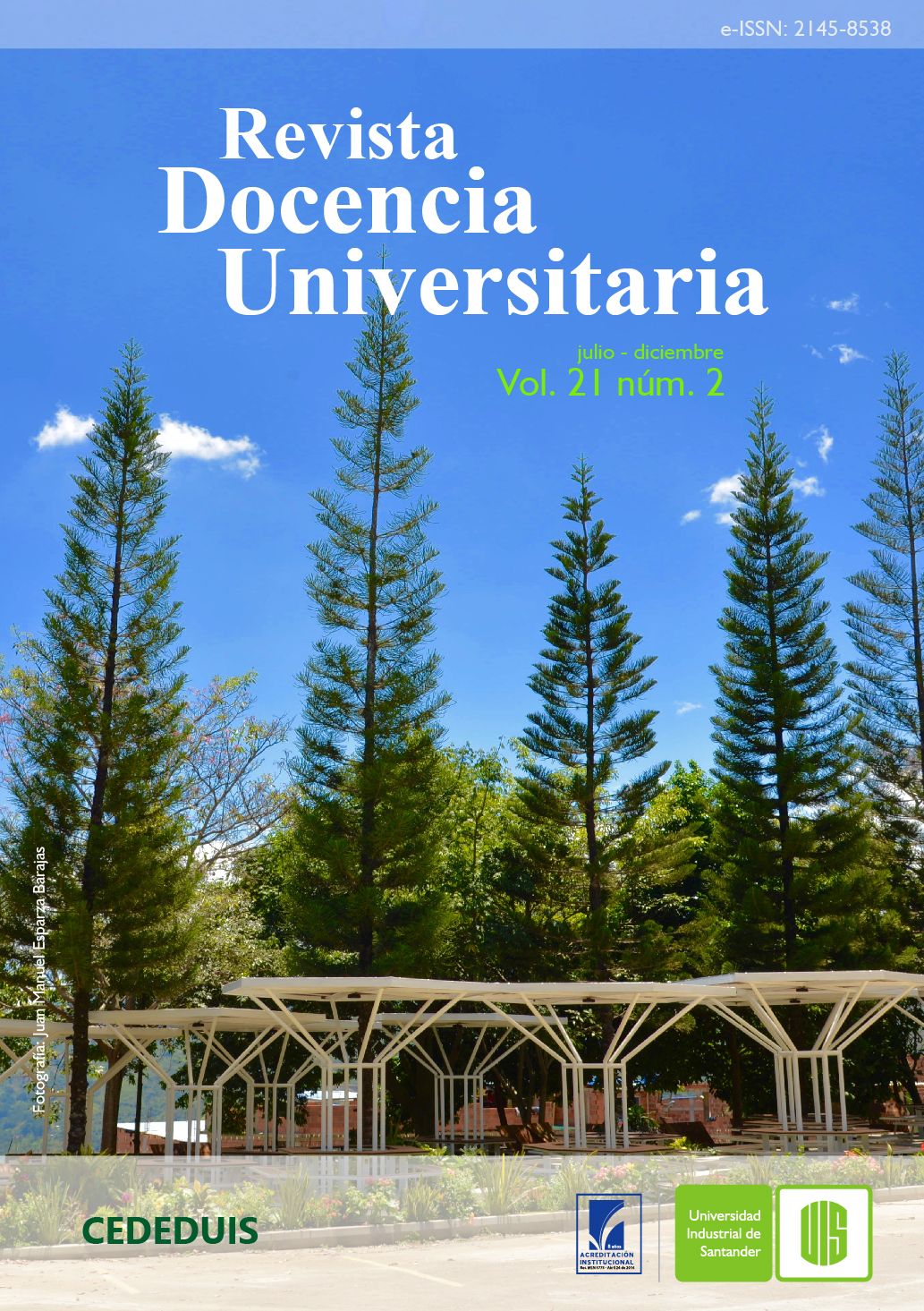Social Imaginaries of Communication Limits Between Deaf and Hearing People in the University Classroom
Published 2020-12-30
Keywords
- social imaginaries,
- social interrelation,
- deaf person
How to Cite
Copyright (c) 2020 Revista Docencia Universitaria

This work is licensed under a Creative Commons Attribution 4.0 International License.
Abstract
this article inquires into the social imaginaries of the frontiers of communication between deaf people and hearing people in the university classroom. In their speeches, their perspectives, attempts or disagreements in relation to their social interrelation are revealed. Through them, the existence of stigmatization towards any person subjected to difference is evidenced due to social imaginaries: these are socially constructed perceptual schemes that call into question the sense of solidarity. In addition, the partial or total unawareness of the existence of other forms of communication results in the inaccurate idea of considering oral language as the only one that provides for global and daily communication, omitting writing, sign language, body language, drawing, and symbology, among others. This work’s methodology was guided by the qualitative model with a critical and social approach under Pintos’ model (2005), which allows the collection of social imaginaries and the search for strategies that contribute to recognizing communication diversity in its fullness.
Downloads
References
- Baeza, M. (2015). Hacer mundo: significaciones imaginario-sociales para constituir sociedad. Editores Red Internacional del Libro –RIL.
- Baeza, M. (2000). Los caminos invisibles de la realidad social. Ensayo de sociología profunda sobre los imaginarios sociales. Editores Red Internacional del Libro –RIL.
- Burad, V. (2010). El audismo. https://cultura-sorda.org/el-audismo/.
- Calderón, M. (2004). Desarrollo del lenguaje oral. www.santafe.gov.ar
- Carretero, Á. (2001). Imaginarios sociales y crítica ideológica. Una perspectiva para la comprensión de la legitimación del orden social. Universidad de Santiago de Compostela: [Tesis Doctoral]. http://cervantesvirtual.com/
- Castoriadis, C. (1983). La institución imaginaria de la sociedad. Tusquets Editores, S. A.
- Chomsky, N. (1970). Aspectos de la teoría de la sintaxis. Aguilar.
- De Saussure, F. (1945). Curso de lingüística general. (Amado Alonso trad.) Losada S. A.
- Hernández, R., Fernández, C. y Baptista, P. (2014). Metodología de la investigación. Mc Graw Hill, 6 edición.
- Ladd, P. (2003). Understanding Deaf Culture, In Search od Deafhood. (Laborde y Varas trads). Fondo Nacional del fomento del libro y la lectura.
- Luhmann, N. (1990). Die Wissenschaft der Gessellshaft. Surkhamp. [traducción española: La Ciencia de la Sociedad]
- Pintos, J. (2005). Comunicación, construcción de la realidad e imaginarios sociales. Utopía y Praxis Latinoamericana, 10 (29), pp. 37-65.
- Pintos, J. (1995). Los imaginarios sociales. La nueva construcción de la realidad social. Sal Terrae/I. “Fe y Secularidad”.
- Ricoeur, P. (2006). Sí mismo como otro. Siglo XXI Editores.
- Sacks, O. (2003). “Veo una Voz”. Viaje al mundo de los Sordos (J. M. Álvarez Flórez, trad.). Anagrama.
- Skliar, C. (2011). Lo dicho, lo escrito y lo ignorado: ensayos mínimos entre educación, filosofía y literatura. Miño y Dávila.
- Skliar, C. y Larrosa, J. (2009). Experiencia y alteridad en educación. Homo Sapiens Ediciones.
- Skliar, C. (2007). Imágenes y discursos de la diferencia en la escuela. http://flacso.org.ar/investigaciones/imagenes-y-discursos-de-la-diferencia-en-la-escuela/
- Skliar, C. (2002) ¿Y si el otro no estuviera ahí? Notas para una pedagogía (improbable) de la diferencia. Miño y Dávila.
